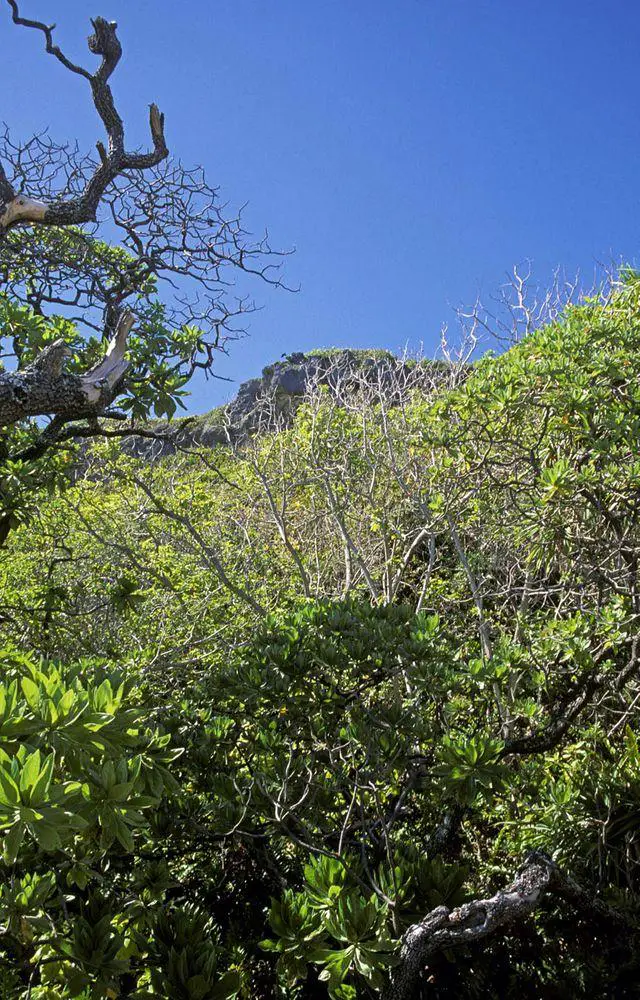Wonder
Ecosystem of Henderson Island
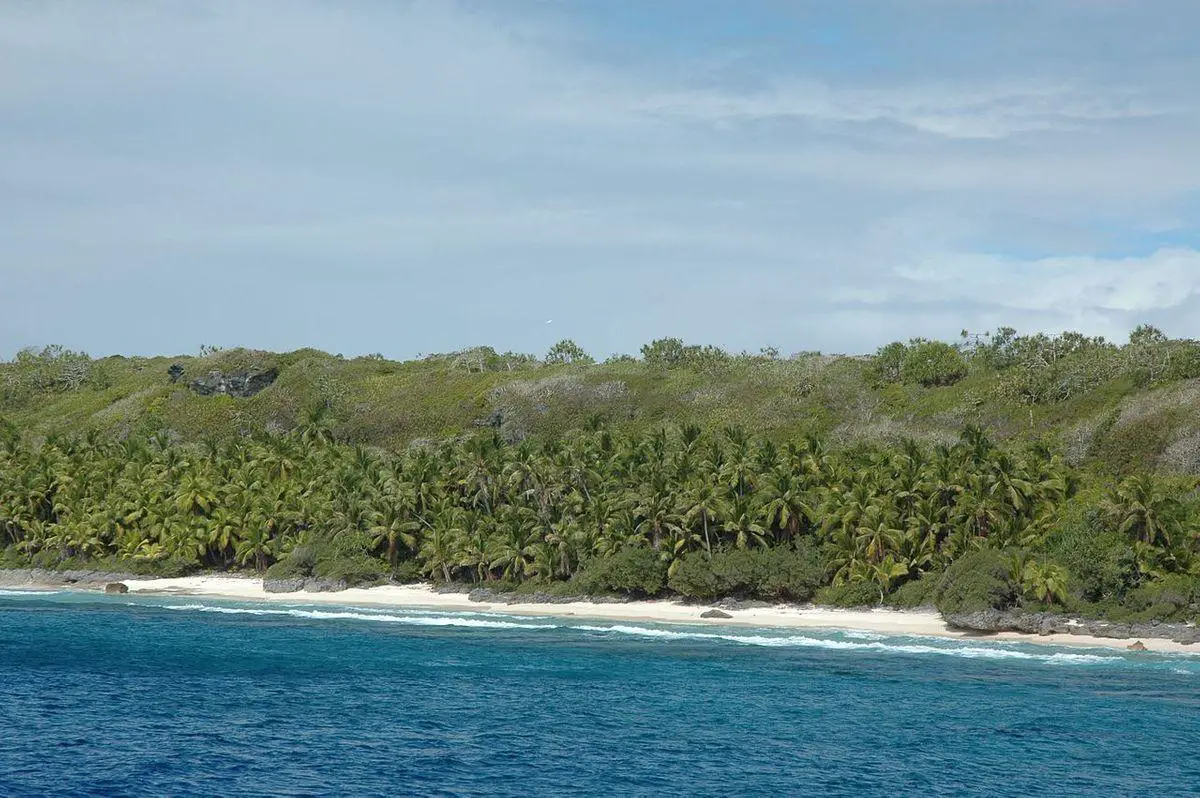
 In short
In short
There remains only one atoll in the world which is covered with pristine forest and whose ecology is almost not influenced by humans – Henderson Island. In 1988 Henderson Island was included in the exclusive list of UNESCO World Heritage.
 51.3%
51.3%
GPS coordinates
Location, address
Area
UNESCO World Heritage status
Map of the site
If you see this after your page is loaded completely, leafletJS files are missing.
 In detail
In detail
Makatea
Henderson Island consists of limestone – it is elevated coralline island (makatea). Island is a top of a reef-capped extinct volcano, rising 3.5 km from the depth of the Pacific.
As the island is raised higher above the sea and very remote, it contains unique species of animals and plants.
Lonely island
There are smaller islands a few hundred kilometers from Henderson Island but no major landmass in 5000 km distance. Island is surrounded by 15 – 30 m tall, undercut limestone cliffs. Only in some places, mostly in the north, there are beaches.
Freshwater also is very scarce on the island. Water seeps into some caves. There have been found also several springs on the northern side of the island which for most time are under sea level – only at very low tide, it is possible to get brackish water from these springs.
Ancient Polynesians
Up to 100 Polynesians lived on the island between the 12th and 15th centuries. They left few traces – including an eerie group of six skeletons found in one cave in 1958. Unfortunately, they left also a negative impact on the ecosystem of the island – it is considered that several species of birds were exterminated by them. Forest though was left intact, just smaller fields were made.
Since then humans have not lived on this island except for several short-term occasions.
Inaccessible forest
Most of the island is covered with tangled scrub and 5 – 10 m tall forest.
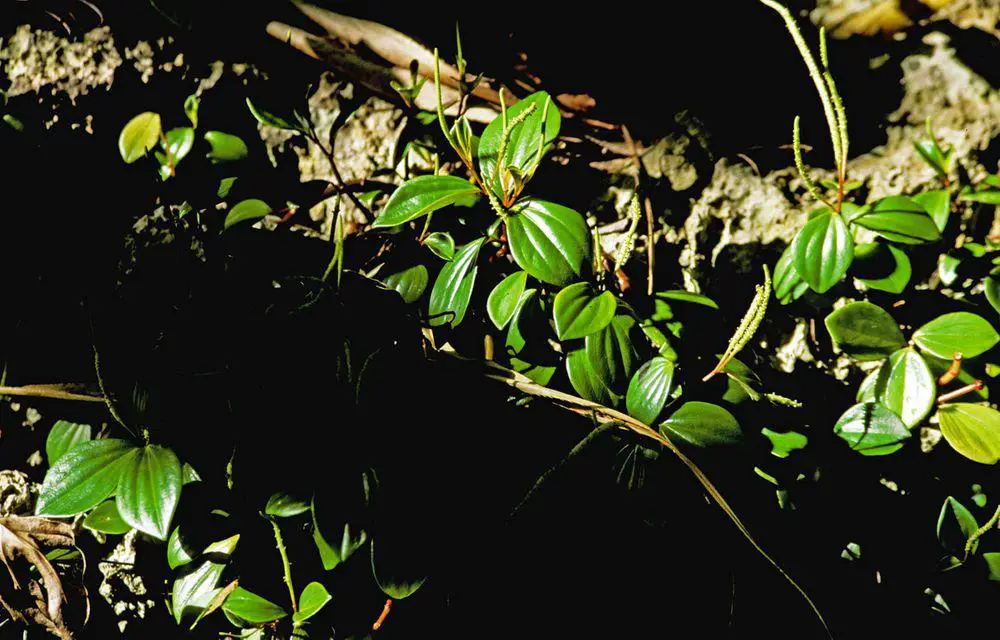
Researchers have recognized that walking on Henderson island is dangerous to life – one wrong step might end with a fall on sharp stones. Whole island is covered with thicket and there are countless deep pits and sharp limestone pikes hidden under this thicket.
This inaccessibility is one of the main reasons why this island has been preserved that well.
Unique animals and plants
Henderson Island is poorly researched and it is possible to find new species unknown to science here. Thus far here have been found more than 60 species of organisms unique to this island.
Endemic plants
Out of 63 known native plants the following 9 are endemic:
- Alyxia fosbergii – up to 8 m tall shrub with orange fragrant flowers;
- Bidens hendersonensis var. hendersonensis and Bidens hendersonensis var. spathulata – shrub or tree. Other plants of this genera are more grass-like, this is the only tree in this species rich genera.
- Geniostoma hendersonense;
- Ixora fragrans – fragrant ixora;
- Myrsine hosakae – a tree;
- Nesoluma st-johnianum;
- Peperomia hendersonensis (Peperomia rhomboidea);
- Santalum insulare var. hendersonense – tree with beautiful wood, used for decorative woodcarving.
- Xylosma suaveolens var. haroldii – a tree.
A tree Hernandia stokesii is also very rare – it is found only on Henderson Island and 1600 km distant Rapa Island.
Endemic birds
All four land birds of Henderson Island are found only on this island. These birds are:
- Henderson crake (Porzana atra, earlier Nesophylax ater) – small, black, flightless bird.
- Henderson fruit dove (Ptilinopus insularis) – small, pale-blue and green pigeon.
- Henderson warbler (Acrocephalus taiti, earlier Acrocephalus vaughani var. taiti) – large, nearly all white warbler.
- Stephen’s lorikeet (Henderson lorikeet, Vini stepheni) – bright green, red and blue parakeet.
Other animals
Thus far there have been found 16 species of land snails, 8 are endemics – including Diastole glaucina, Georissa hendersoni, Tubuaia hendersoni and Minidonta hendersoni. There have been studied also some 180 species of insects – approximately 35 – 40 are endemics, including a distinct, orange colored species of hawk-moth Hippotion hateleyi.
References
- Henderson Island World Heritage Site, Management Plan 2004 – 2009. 2004. Accessed in 22.04.11.
- World Heritage Nomination – IUCN Summary. 487: Henderson Island (United Kingdom). Accessed in 22.04.11.
- Steven Waldren, Henderson Island Flora. Accessed in 22.04.11.
 Linked articles
Linked articles
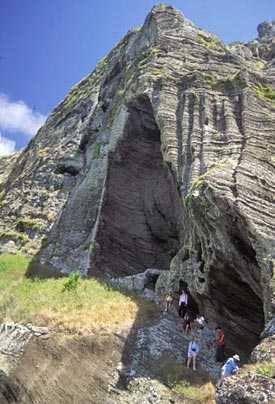
Wonders of Pitcairn Islands
Pitcairn Islands (British overseas territory under the jurisdiction of the United Kingdom) are the most remote inhabited islands in the world. These small islands offer several interesting landmarks.
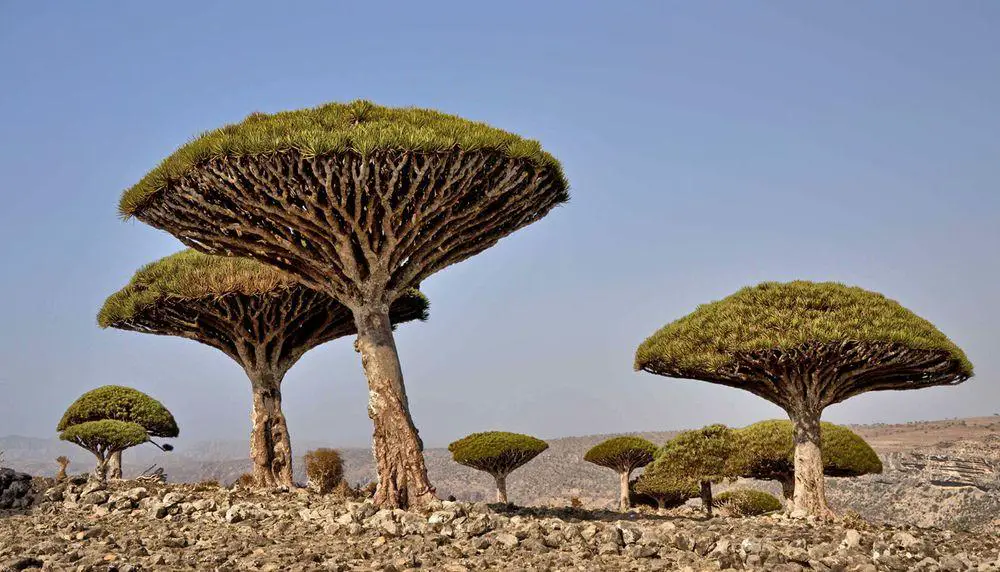
Ecosystems
Biotope is a rather small area with uniform environmental conditions and a specific community of life. Wondermondo describes biotopes and ecosystems which have striking looks, look very beautiful, or have other unusual characteristics.
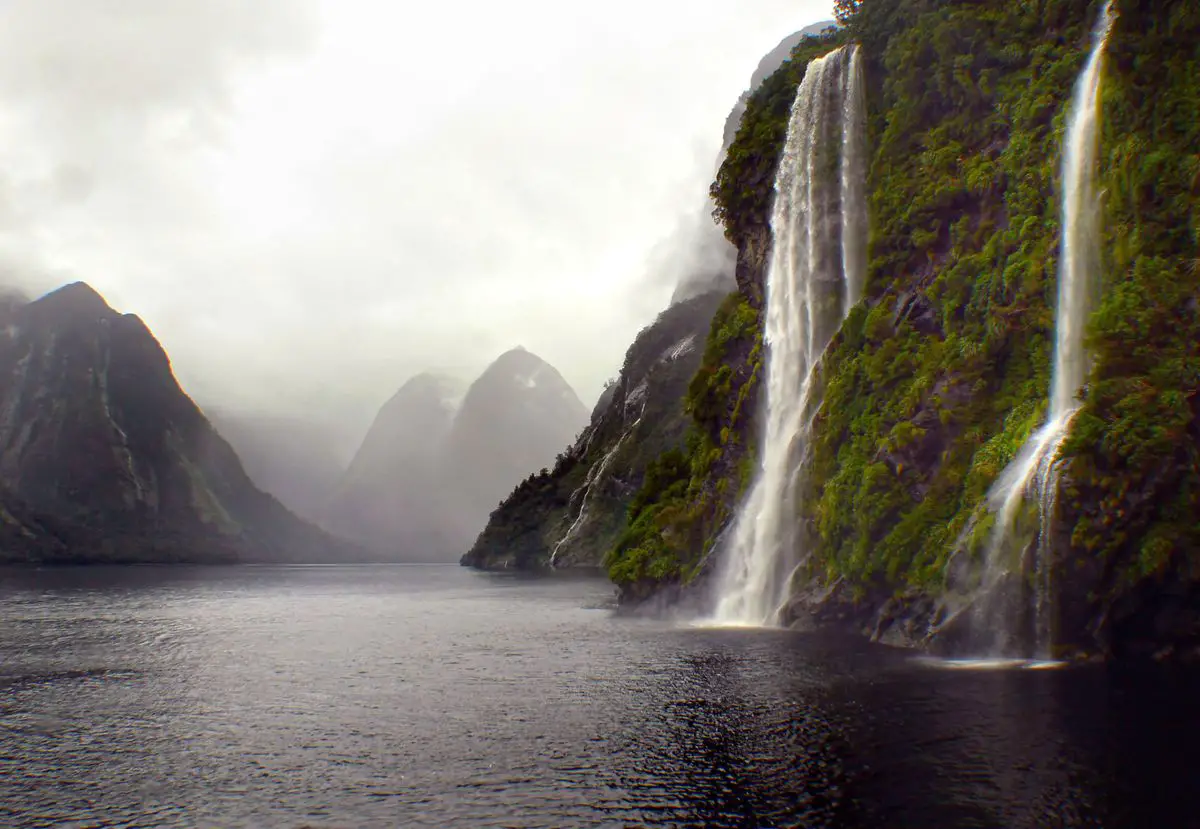
Wonders of Polynesia
Although the landmass of Polynesia is small, the charm and special beauty of this region are some of the most impressive on our planet. These islands are endowed with lush and beautiful nature, with warm oceans and friendly people representing a distinct culture. Polynesia is very rich in both natural and cultural landmarks and many of them are unique.
 Recommended books
Recommended books
Plants of the Canoe People
This book is about the useful plants of the Pacific islanders, with special emphasis on plants used by Polynesians. A total of ninety-six plants are included, listed in alphabetical order by scientific name, followed by a paragraph that includes Polynesian names and their origins and the English name if any. Range, habitat, uses of the plant, and a botanical description of the species are also included for each entry.
Polynesia: In Early Historic Times
Polynesia in Early Historic Times presents a comprehensive and balanced description of major aspects of Polynesian cultures, providing written accounts from European explorers and current writings by archaeologists and anthropologists.

